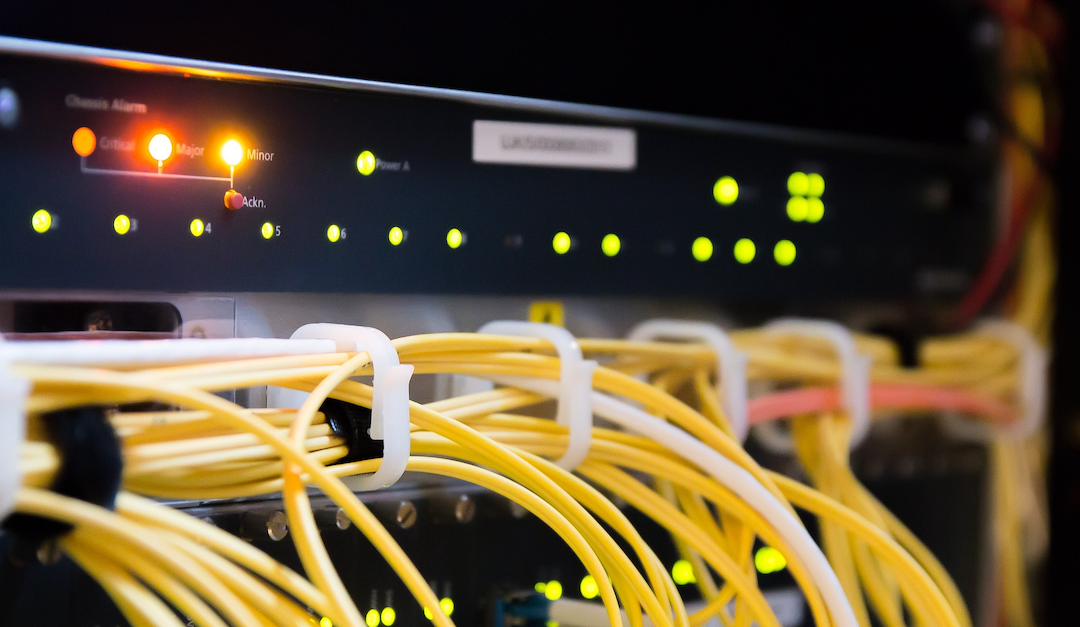
Investing in a reliable internet provider is 100 times better than settling for someone mediocre. As much as we’d like the internet to be completely free, it is not! Therefore, it is often recommended to carefully consider the available options when you are either moving or simply switching internet providers.
But let’s be honest! Who has the time to go through the details of every internet provider? We have compiled a list of common factors that can help you choose the best one from all types of ISPs, whether you are going through a list of the best ACP internet providers or looking for exclusive student deals.
Most Important Factors for Choosing an Internet Provider
Pay attention to the following elements to avoid the high monthly bills and poor internet service.
1. Availability at Your Address
America has thousands of internet providers, but why do you only get two to three options at your address? Home internet service providers either use wired or wireless connections to provide internet access, but only a few have the well-developed infrastructure to maintain nationwide coverage.
So, before making any decisions, determine which internet providers are available at your location. You can do that by entering your ZIP code on one of the online tools for finding internet providers.
2. Determine Your Requirements
You should be aware of your requirements before choosing an internet provider. Start by making a list of your top priorities, like budget, internet speed, price, unlimited data, customer service, and more.
You can ask yourself a few questions, like what do you really use the internet for and how many internet users are in your family to identify the right speed. Analyze the available internet providers on these factors and select the right internet plan for your home.
3. Consider the Internet Type
Internet type is the most important factor when choosing an Internet provider. In fact, it is the backbone of every other internet-related factor as it determines the speed, availability, and even the price of your connection. Fiber internet is the best connection type, followed by cable and then 5G home internet. DSL and satellite internet rank at the bottom due to their slow speeds and high prices.
Identify the connection types of the available internet providers at your address. If you live in an urban area, you might have access to both fiber and cable internet providers. However, your options might not be as attractive if you live in a rural area.
The following table highlights the accessibility percentage of each internet type.
| Internet Type | Household Accessibility Percentage |
|---|---|
| Fiber | 43% |
| Cable | 90% |
| DSL | 87% |
| Satellite | 99% |
| 5G Internet / Fixed Wireless | 91.45% |
4. Compare Promotional and Regular Prices
Now that you know your internet priorities, compare the prices of your chosen plans. Our advice? Go beyond the advertised rates and compare the additional costs, like equipment rental, installation, data overage fee (in case of data caps), and regular rates as well.
If you are purchasing more than one service from the same provider, look for exclusive benefits and discounts. Moreover, don’t forget to look for a potential cancellation fee (ETF) if one of your chosen plans has a contract because there is a possibility that you may not like the service.
5. Look for Promotional Offers & Add-Ons
Many internet providers have promotional periods, allowing you to use the internet at a lower rate for some time. Several ISPs also offer free equipment, installation, and security software, helping you save significantly on your internet service.
Others have promotional deals like exclusive streaming discounts, cloud storage, and more. Therefore, if you are stuck between two similar plans, you can look for these special features and promotional deals to make up your mind.
6. Read Customer Reviews
Customer support is equally important for a good internet experience. Many providers may look perfect on the surface but have poor customer reviews due to unfriendly and incompetent agents, billing issues, throttled speeds, and more.
Therefore, before finalizing the deal, read customer reviews on online forums or ask your neighbors if they are using the same service. However, keep in mind that customer service can vary from location to location, and online reviews may not reflect the reality.
In that case, you can personally analyze the customer service of your chosen internet provider by calling them and requesting them to walk you through their sign-up process and offerings.
Conclusion
Finding the right internet provider may take some extra effort and time, but it is worth it for a satisfying internet experience. We have discussed the top 6 factors you should consider while choosing an internet provider. However, since every individual has different requirements, you can add more to this list when making your decision. Compare the available internet providers at your address with your top priorities and choose the one that satisfies most of them.
Share this post
Leave a comment
All comments are moderated. Spammy and bot submitted comments are deleted. Please submit the comments that are helpful to others, and we'll approve your comments. A comment that includes outbound link will only be approved if the content is relevant to the topic, and has some value to our readers.

Comments (0)
No comment